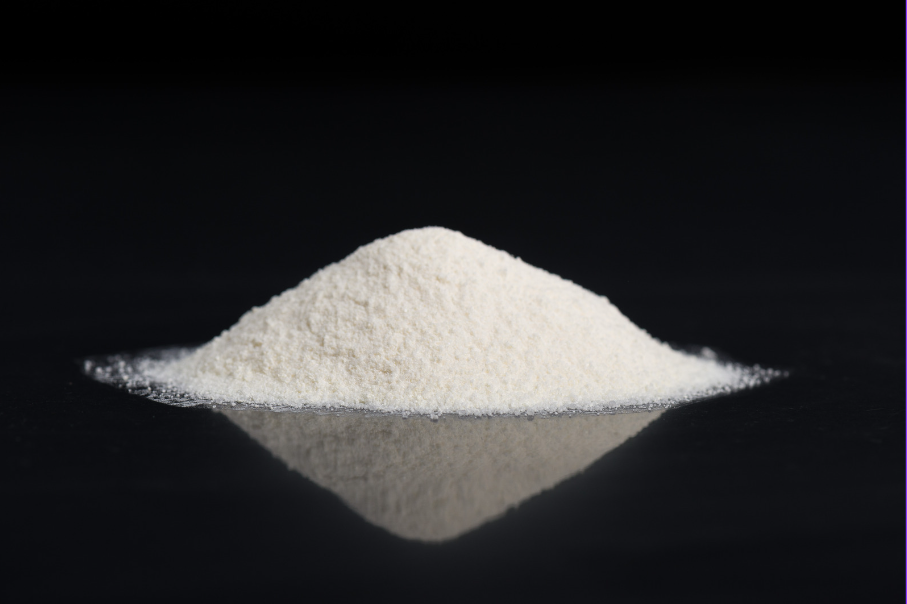Hydroxypropyl Methylcellulose (HPMC) is increasingly recognized for its vital role in the construction industry, particularly in enhancing the performance of various building materials. Here’s a detailed overview of its applications and recommended additive amounts.
Applications of HPMC in Construction
HPMC serves multiple functions in construction materials, including:
• Thickener: Improves the viscosity of mixtures, making them easier to work with.
• Binder: Enhances adhesion between different materials, crucial for mortars and adhesives.
• Water Retention Agent: Prevents rapid evaporation of water from cement mixtures, which is essential for proper curing and strength development.
• Plasticizer: Increases workability without compromising strength.
Specific Uses
1,Cement-based Mortars: HPMC enhances the mechanical properties by improving cohesion and reducing water migration. It also increases water retention, which is beneficial for hydration during curing.
2, Tile Adhesives: It improves adhesion and workability, ensuring tiles set correctly without slipping.
3, Plastering Mortars: HPMC contributes to sag resistance and improves pumpability, making application easier.
4, Gypsum Products: In gypsum-based materials, HPMC aids in achieving uniform consistency and enhances bonding performance.
Recommended Additive Amounts
The dosage of HPMC in construction applications is typically low but effective:
• General Dosage: The recommended amount ranges from 0.1% to 1% of the total weight of the dry mix. This small percentage can significantly enhance the properties of the mixture.
• Specific Applications:
• For cement-based products, using around 0.5% to 1% can optimize performance without affecting the mixture’s integrity.
• In tile adhesives and plastering mortars, a similar range applies, ensuring adequate workability and adhesion while maintaining environmental compliance.
In conclusion, HPMC is a versatile additive that plays a crucial role in improving the performance and durability of construction materials while requiring minimal amounts to achieve significant effects.


